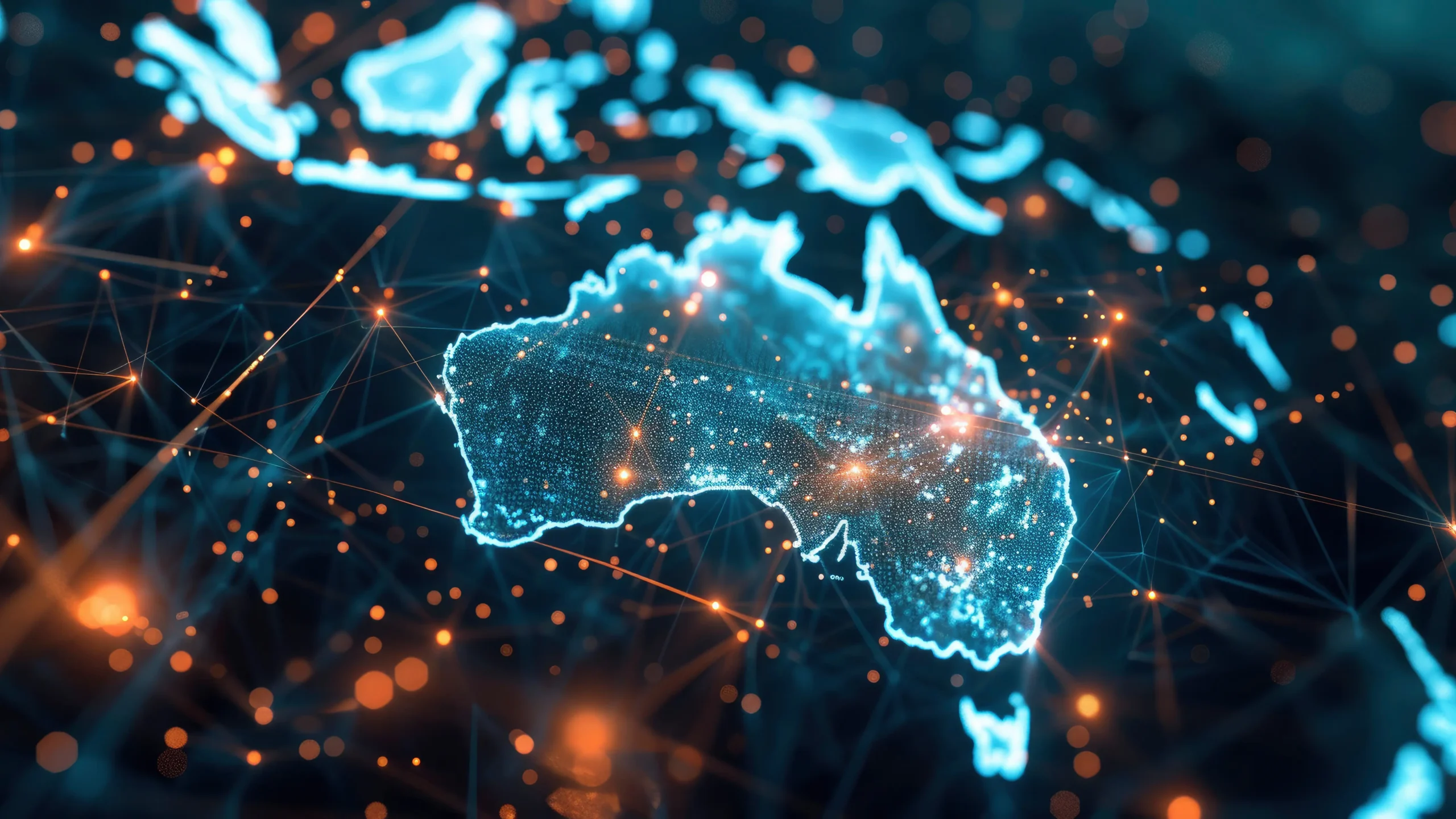Key Takeaways
- Australia frequently over-relies on expensive global firms for AI strategy, often overlooking readily available local solutions.
- Prioritising Australian AI solutions offers significant advantages in speed to value, return on investment, and the development of national sovereign capability.
- Direct collaboration with local AI partners fosters internal institutional learning and capability within organisations, reducing dependency on external consultants.
- The public and private sectors should proactively identify existing Australian AI solutions and prioritise deployment over lengthy strategic planning.
- Australia's future success in AI depends on the practical execution of initiatives and partnerships with local innovators, rather than relying solely on extensive strategy documents.
A familiar pattern is emerging with AI, and with it, a complex challenge arises.
The Government turns to a trusted global firm. A lot of time and money is spent drafting frameworks, models and roadmaps, but when it comes time to actually build—to deploy tools, shift behaviour, and improve outcomes—there’s a noticeable gap between strategy and execution.
More often than not, the most capable and proven solutions are already here—in Australia, ready to be deployed.
Just this May, Services Australia signed a $1.68 million contract with global consulting giant McKinsey & Company. Over the course of three months or so, McKinsey will be paid more than half a million dollars a month to help the agency establish the right “AI building blocks.” The contract covers “artificial intelligence design services” and includes an option to extend into the following year.
The AI building blocks already exist, and they’re Australian.
Why Australian AI Matters.
This isn’t just about capability. It’s about sovereignty, speed, and strategic sense. What’s more, they align with Australian business values.
Every time we overlook a local solution in favour of a global one, we:
- Spend more time reinventing what's already been built
- Miss opportunities to scale what's already working
- Undermine the growth of Australia's sovereign AI capability.
There is a clear alternative: collaboration, not outsourcing.
Instead of defaulting to imported strategies, the public sector could lean into proven, locally developed solutions, thereby accelerating outcomes, reducing waste, and fostering national capability. The Department of Fisheries and Forestry and the Department of Imports already have some incredible success stories, starting small with proven AI technology and building on these while scaling human teams empowered by AI like never before.
Four Reasons to Back Local Australian AI
1. Speed to Value
Australian AI tools, such as Unearth and Secuguard, are already operational in Government and industry. That means a department can go from idea to impact in weeks, not quarters.
2. Better Return on Investment
At $561,000 per month, a global strategy contract might not yield any operational tools for months. By contrast, local platforms deliver working systems at a fraction of the cost, and start generating measurable returns almost immediately.
3. Sovereign Capability
AI is a critical national infrastructure issue. The more we rely on offshore frameworks and proprietary models, the greater our risk of losing control over data, ethics, and policy alignment. Backing Australian tools builds domestic IP, protects local jobs, and strengthens national resilience.
4. Institutional Learning, Not Dependency
When teams work directly with local AI partners, knowledge stays in the building. Departments build internal AI capability and confidence, not just more PowerPoint decks from outside consultants.
Stop Planning. Start Deploying.
To be clear, there’s a role for global consultants. However, in this moment, when so many public and private sector teams are hungry for tools that actually work, the priority must be practical collaboration and smart execution.
Services Australia could have deployed Unearth AI as its “AI building blocks” engine—with a live, functional system in weeks, not months, at a fraction of the cost. More importantly, they could have taken a human-centred AI approach, embedding capability while empowering their own people. This isn’t hypothetical; KPMG did exactly that, rolling out its own AI assistant, KymChat, by putting humans at the heart of the strategy. The result? Faster adoption, stronger trust, and an uplift in internal capability—not just technology for technology’s sake.
A Smarter Model for Australian AI
Imagine if every department asked these three questions before outsourcing:
- Who's already solving this in Australia?
- What tools are ready to deploy today?
- How do we partner for learning and long-term capability, not dependency?
That shift in mindset could save the Government and Australia's private sector tens of millions of dollars and accelerate the impact of AI where it’s most needed.
The future of AI in Australia will not be determined by who has the longest strategy document. It will be led by those who deploy, learn, and evolve fast, ethically, and in partnership.
Remember the story of the Wright brothers? In the early 1900s, the U.S. government invested tens of thousands of dollars in a team of elite, well-funded experts to build the first flying machine. They had the credentials, laboratories, and official backing, but they didn’t even get off the ground.
Meanwhile, two bicycle mechanics from Dayton, Ohio — the Wright brothers — worked quietly, with limited funding but a relentless focus (much like many Australian tech and AI businesses and products). They succeeded where the experts failed, not because they had more resources, but because they had a working prototype, real-world testing, and a clear understanding of the problem they were trying to solve.
Today, Australia is at a similar crossroads with AI
The lesson is that the most expensive experts don’t always build the futures — it’s built by the people already doing the work.
It’s time to stop reinventing the wheel. Let’s start building with the Australian AI tools we already have.
Latest.

AI adoption failing isn’t the tech, it’s the people. How smart businesses overcome this.
Technology, Thought Leadership, Industry Trends

Temp-to-perm is the best way to hire today.
Hiring Insights

How to keep top talent: Strategies for successful onboarding
Hiring Insights, Ask Aquent, Training Resources



